Mega Man 10 Brings the Series Beyond Full Circle - Mega Man Monthly
Get Equipped With Full Circle
Welcome to the March edition of Mega Man Monthly! I don’t know about you, but this month threw up plenty of roadblocks for me. I suppose that as the name implies, you can only march forward regardless. Consider this, though: if you march forward long enough in the same direction, you will eventually end up exactly where you started. Some mildly Mega Man-related philosophical thought for you!
By its very nature, Mega Man 10 risks being overshadowed. Mega Man 9 returned the series to its retro aesthetics, and Mega Man 11 pushed it towards the future with modern technology. Since Mega Man 10 simply continues Mega Man 9’s retro direction, it falls between 9 and 11 in more ways than one. Although Mega Man 10 lacks an obvious distinguishing premise, it accomplishes more than it may seem at first glance. Mega Man 10 not only brings the Mega Man series full circle, it brings it beyond that circle.
In order to bring something beyond full circle, you must first close the circle. Luckily, Mega Man 10 exudes an air of finality. It owes that sensation in part due to the context of its release. While the idea may seem quaint in retrospect, there was a period of about seven years where Mega Man 10 held the title of the last real Mega Man game with no clear future in sight. No, I don’t count any Xovers, Street Fighter or otherwise. Mega Man 10, at least temporarily, closed the book on Mega Man as we know it. While I don’t believe that it was ever intended to be a permanent end for Mega Man, we know that at the time of its release Capcom intended to release more games in the series, it fits the bill of the “final” Mega Man game well.
The most straightforward way that Mega Man 10 accomplishes this is through its continuation of the retro aesthetic. After all, returning to Mega Man’s original style and gameplay inherently invokes a sense of coming full circle. You may be thinking, though: “hey, if any game brought the series full circle, it would be Mega Man 9! Even a pretentious hack such as yourself should know that 9 did the retro thing first!” My response: have no fear, I have a fittingly pretentious explanation for you.
Mega Man 9 focused almost entirely on the roots planted by the first two Mega Man games and gave only minor acknowledgement to what came afterwards. That may appear similar to coming full circle, but it lacks an important trait of such a feat. If you truly journeyed across the world in a full circle, then even if you ended up in the literal place you started, you yourself are technically not in the same place you started. After all, we constantly grow and accumulate experiences as we trudge through our journey. When you come full circle, you carry everything you gained with you.
Similarly, Mega Man 10 incorporates a much more comprehensive understanding of the series into its design than 9 did. It plucks elements from throughout the series and combines them into one big celebration of the series as a whole. For many longtime fans, the simple fact that you can swap weapons on the fly without pausing the game again would be worth celebrating, yet 10 accomplished a lot more than that.
For starters, Mega Man shares the spotlight this time around. Both Proto Man and Bass join the battle against Wily. The presence of multiple playable characters alone doesn’t break any new ground, in fact Proto Man appeared in Mega Man 9 as a bonus mode. Unlike Mega Man 9, however, Proto Man and Bass don’t get treated like bonuses. They appear on the title screen, you select them from a dedicated character select screen, and they all have a presence in the story (well, kind of in Bass’s case). Mega Man 10 shines a relatively equal amount of spotlight on each character so that they all feel like a legitimate part of the game. That may seem like a small thing, but it makes a big difference.
Prior to Mega Man 9, the series slowly expanded Mega Man’s cast in both size and playability. This idea interestingly ran contrary to how things started. Mega Man originally fought alone – the early games in particular featured elaborate, melancholy ending sequences that emphasized the loneliness of his struggle. Later entries like Mega Man 8, Mega Man & Bass, and the arcade games eroded that loneliness. Mega Man’s endless solitude was gradually fading away in lieu of a brighter future.
Mega Man 9, being a return to Mega Man’s core concepts, shifted the focus squarely back onto Mega Man. Proto Man and Bass were relegated to small cameos. While understandable given the game’s concept, it unintentionally set this little narrative backwards.
10 picks back up where its predecessors left off. For the first time, Mega Man and his two closest allies (well, kind of in Bass’s case) all join forces in a mainline game. They stand on relatively equal ground, with unique characteristics that make them all worth trying. Mega Man appropriately exists as the all-rounder with no special abilities outside of the potential to gain access to bonus boss weapons that the other two characters cannot. Proto Man utilizes the charge shot and slide from the later NES games at the cost of double damage and knockback. Bass reintroduces more modern ideas like dashing and the ability to fire in any direction. I guess he forgot how to double jump during the events of Mega Man 10, perhaps due to the effects of Roboenza, but honestly he’s powerful enough as it is.
From a gameplay perspective the character selection allows the game to incorporate mechanics from throughout the whole series, while from a narrative perspective it closes out the scenario the series had been building towards. By bringing all of these characters together in this way and in an unambiguously mainline, numbered game, the series finally fulfills the promise the later games hinted at. Mega Man doesn’t need to fight alone anymore…at least until the next game. Oh well, it was nice while it lasted.
As long as you keep your eyes and ears open, it’s easy to tell that the levels the cast traverses also culminate the series in notable ways.
I emphasize your ears here because Mega Man 10’s soundtrack notably includes contributors from nearly every entry up to this point. Not every composition evokes their previous work exactly, Mega Man 10 actually has a fairly distinctive soundtrack that strays away from the typical Mega Man “sound” overall, but in a way that’s perfect. As I said earlier, even if you come full circle back to where you started, you won’t be the same exact person. I imagine the same goes for the composers, so Mega Man 10’s soundtrack perfectly reflects that.
The level design matches its music with a similar philosophy. Mega Man 10’s levels technically contain a lot of familiar Mega Man staples, but reinvents those conventions into something foreign.
For example, disappearing blocks remain a prevalent obstacle throughout the entire series. As infamous as they may be, they make only brief, relatively harmless appearances in Mega Man 10. They most notably appear during a brief section of Sheep Man’s stage, which highlights a key aspect of the stage’s design: the entire level actually revolves around disappearing blocks, just not the kind you’re used to. Instead of treating these blocks like a wild, untamed force of nature that must be studied in order to be truly understood, this stage instead places their chaotic power in your hands. You control when the colored blocks disappear when stepping on them, you charge up the platforms to step across them before they run out of energy. These small changes in the idea’s presentation totally alters its core challenge.
Mega Man 10 breathes new life into many old ideas. Mega Man games frequently contain sections where you ride on moving platforms as enemies assault you. In Blade Man’s rendition of the concept, you control the pace of these sections by jumping back and forth on a seesaw. Prior ice stages utilize breakable ice as a means to keep the player moving before the ground gives out, while Chill Man’s stage turns breakable ice into a tactical decision where how you move matters more than how fast you move. I could go on for a very long time here, so I’ll settle for going on a reasonably long time and move on.
As the Mega Man series progressed, the levels grew more complicated. Not too complicated, of course, the stages just began to hide an occasional secret collectible or even branch out into some alternate paths. The Mega Man X series and beyond would move much further into that direction. Still, this slight tinge of exploration became a noticeable staple from Mega Man 4 onwards. Mega Man 10 carries this legacy on with occasional branching paths that lead to completely different sections of levels. You won’t find any hidden items through these routes, but they do add to the replayability and scope of the levels. Some stages, such as the first Wily stage, really take advantage of these branching paths to provide a sense of scale to the level that Mega Man games rarely convey.
That first Wily stage also closes out this closing of the circle I’ve been going on about forever. In the ultimate fanservice move, the boss of this level taps into an archive of bosses from every previous numbered game. Many of the greats squeeze in a guest cameo: Elec Man, Napalm Man, even bosses that never properly appeared in Mega Man’s retro style before this like Slash Man and Frost Man. In a series that values boss refights so highly, nothing says coming full circle to me like one last round with highlights from the collective history of the series.
While everyone loves closing circles, Mega Man 10 does not settle for just doing that and calling it a day by walking towards the player in a melancholic ending sequence. Mega Man 10 pushed the series towards trends that would be continued by the next game in the series. It even makes some subtle connections to the greater Mega Man franchise as a whole!
Mega Man games maintain a reputation of being difficult – they require you to be intimately familiar with Mega Man’s capabilities and your environment in order to survive. That requires some trial and error that puts people off, and so it follows that Mega Man games will by their reputation alone put people off. Mega Man 9 leaned into that reputation with design that often purposefully teased the player with a handful of situations likely to kill them on their first try. While incorporated a shop to mitigate some of its playful challenge, use of it requires some deeper digging into the game that people may not be willing to stick around for.
Mega Man 10, on the other hand, recognizes that a more straightforward approach to curbing difficulty may serve everyone better. Mega Man technically tried out multiple difficulties on a few occasions; the localized version of Mega Man 2 relegated the game’s original difficulty to a “Difficult” mode while creating an easier mode that nerfed the damage values as its new baseline difficulty. Mega Man 9 featured bonus “Hero” modes that upped the difficulty by increasing the amount of enemies and altering some of the platform arrangements. Mainline Mega Man games never truly had a fully balanced approach to difficulty options, one that thoughtfully changed the game from the top down and catered to every type of player.
For the first time in the series, Mega Man 10 offers difficulties that have meaningful changes to virtually every aspect of the game. Enemy selection differs, platform layouts change, and even boss patterns vary depending on the difficulty you choose. This doesn’t just include an easy mode for newer players; an additional hard mode received just as much attention. These difficulties substantially transform the experience no matter which direction you crank the lever. Mega Man 10’s more comprehensive approach to difficulty set a new standard for the series that Mega Man 11 would further expand upon.
Speaking of difficulty, Mega Man 10 also pushed players further with a Challenge mode. Mega Man 9’s challenges focused on tasks for the main game, which could teach or challenge players in new ways while being a relatively conservative addition to the game as a whole. In Mega Man 10, Challenge mode expands to being a full-on dedicated experience full of uniquely crafted mini levels.
If there’s one area where Mega Man games will always struggle in terms of value proposition, it’s their length. While diehards such as myself will replay these games forever, that attitude isn’t something you can take for granted from just anyone. Short length, regardless of how justifiable, will hurt these games in the eyes of many. The problem lies in the fact that these aren’t games that necessarily benefit from filling them out with tons of stages. I want my Mega Man games to be compact enough that I can run through them in about an hour. Part of the appeal in replaying them in the first place relies on that low commitment cost.
Mega Man 10’s approach to challenges sets an important precedent as a result. Bite-sized challenges allow the developers to create relatively small content that captures the low time commitment appeal of the main game. A lower effort yet engaging collection of stages can then dramatically expand the life of the game overall. Again, Mega Man 11 learned from this addition and implemented a similarly fleshed out challenge suite. Challenges like this are smart and simple additions that should continue to be a standard in the series going forward.
Roboenza, the driving force behind Mega Man 10’s narrative, also subtly propels the series towards its future. Mega Man lore scholars will likely pick up on the fact that a virus infecting robots en masse is nothing new for the Mega Man franchise as a whole. Roboenza shares many similarities to the Maverick Virus from the Mega Man X series, which also drives the infected robots into madness and violence. For lore purposes, you can easily connect the two and say that Roboenza eventually leads the Maverick Virus. Both Roboenza and Zero (who the Maverick Virus originates from) were designed by the same guy, after all. This is one of those fun teases for fans that will likely never be spelled out, though, because that’s just how Mega Man lore is. It may be a stretch to say that Roboenza canonically led to the events of Mega Man X, but the idea of Robenza makes the connection in your head regardless.
The narrative caps off this vague feeling of change with its conclusion. Dr. Wily catching a cold to match his Roboenza plot is, as Proto Man notes, the perfect example of poetic justice, although Mega Man sees fit to take him to a hospital despite all the trouble he caused. In addition to his sudden illness, Dr. Wily also comes down with a bad case of empathy. As he escapes the hospital, he leaves behind a stockpile of the cure to Roboenza, undoing his own evil scheme. It’s a nice ending that adds just the tiniest ounce of depth to Wily’s character. More importantly it indicates that perhaps change is in the air. For the first time, Wily shows an ounce of kindness with no secret betrayal plot or ulterior motive waiting in the wings. Maybe Wily isn’t such a bad guy after all..
For a long time, I saw Mega Man 10 as the end to my favorite series. While that stung a little bit, I also appreciated it as a strong, if unintentional send-off to everything that makes Mega Man great. In retrospect, I actually appreciate it even more for the ways it laid the foundation for the future. Mega Man 10 doesn’t deserve to be remembered as just another “Mega Man 9.” It took the strengths of Mega Man’s past to heart and forged a path to march beyond the circle it started at.
Add Comment
ray64
1y agoHey! This was a Mega great read! Thanks! Mega! Mega!
cestri
1y agoIt was a good read and I agree that Megaman 10 is an great game that goes beyond a simple Megaman 9- II, it was also a good stop point at the time for Capcom, if Megaman 11 kept the Retro aestethics it would feel repetitive and lazy.
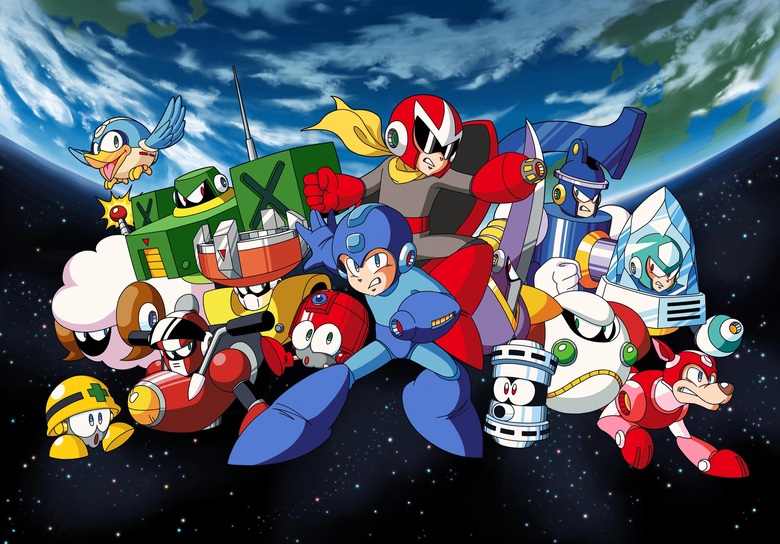
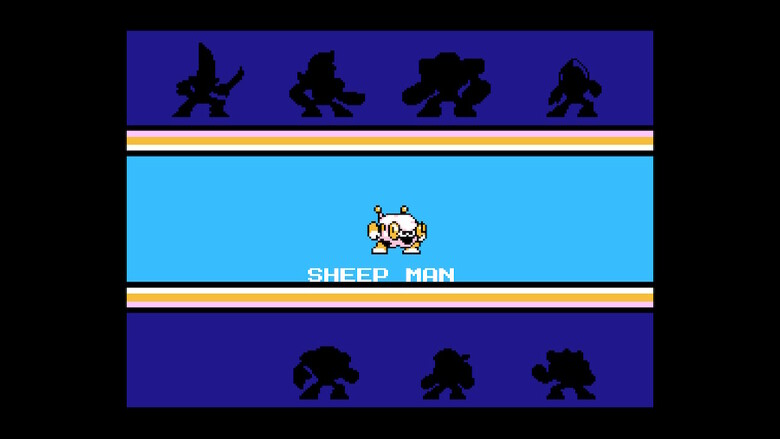
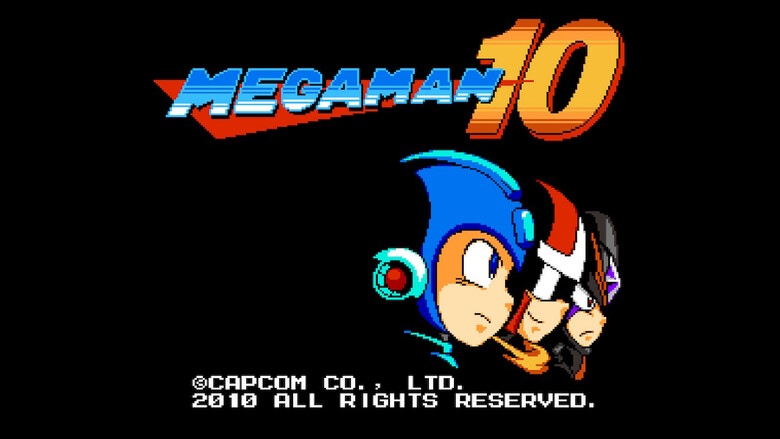
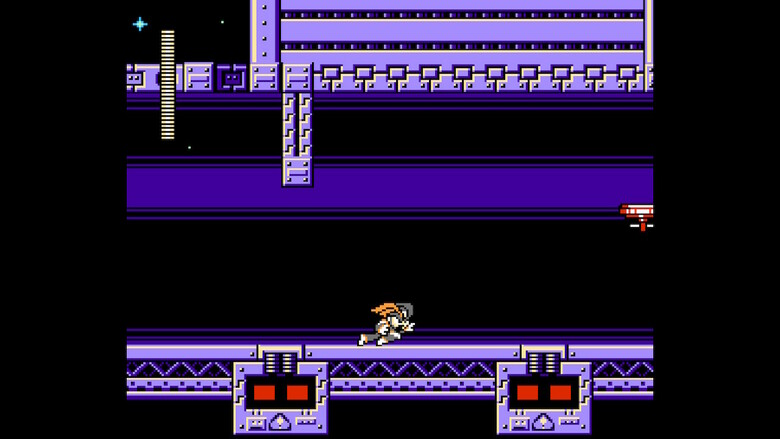
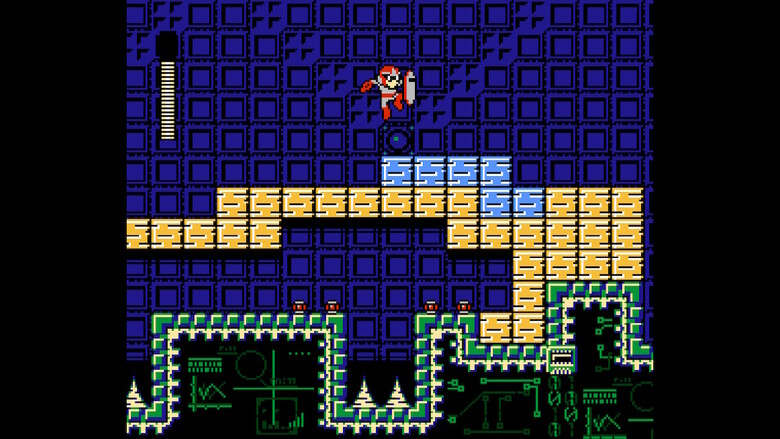
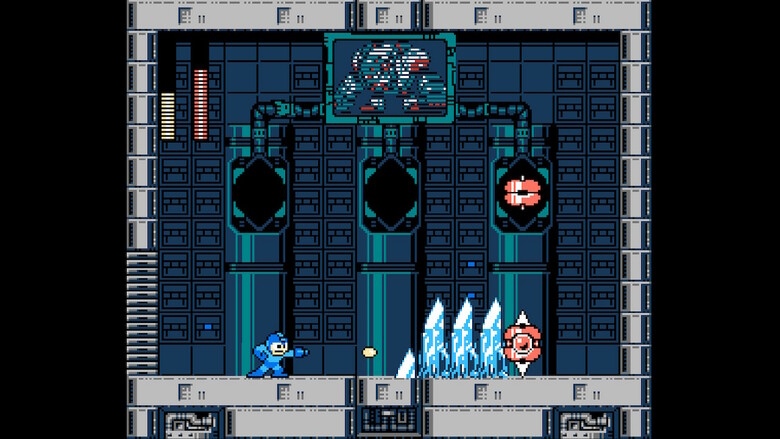
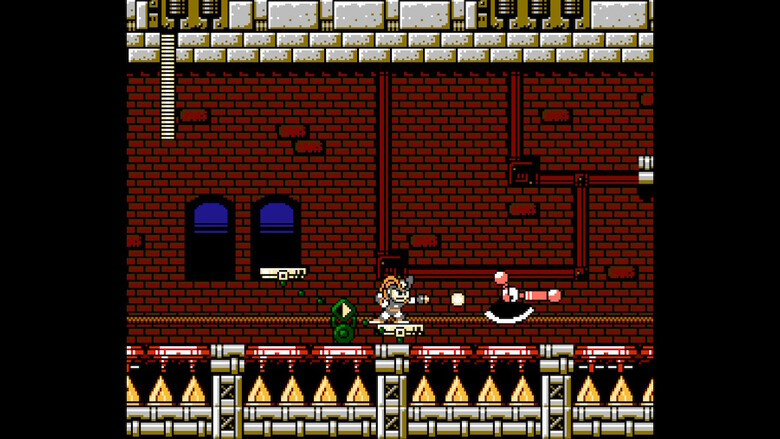
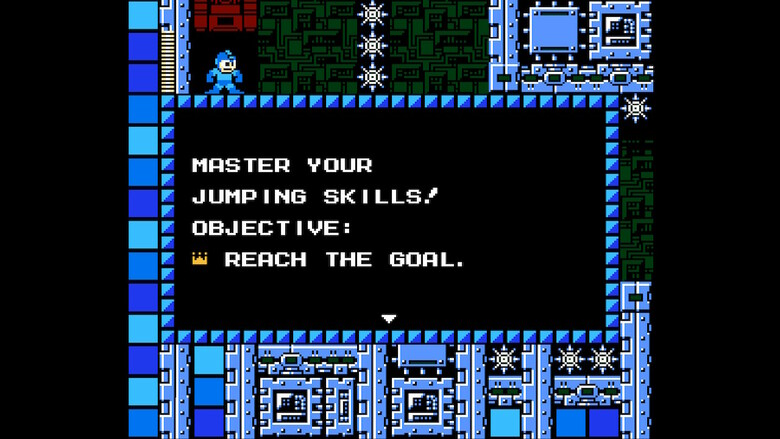
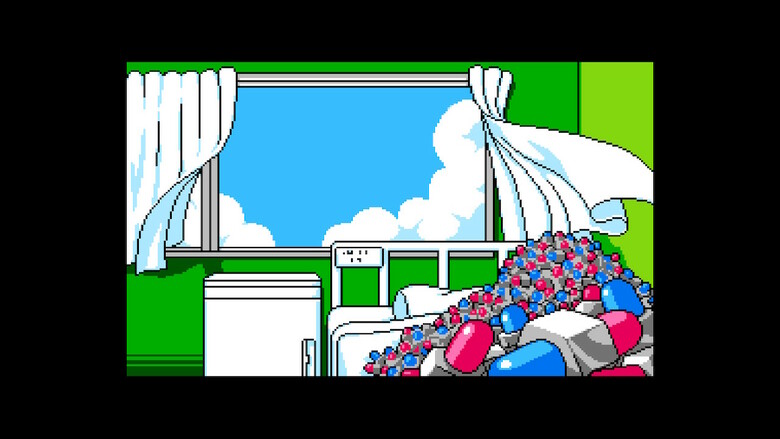
Comments (3)